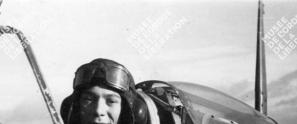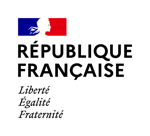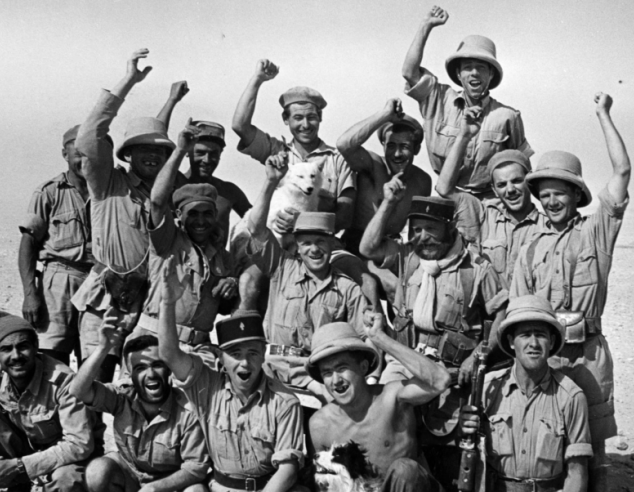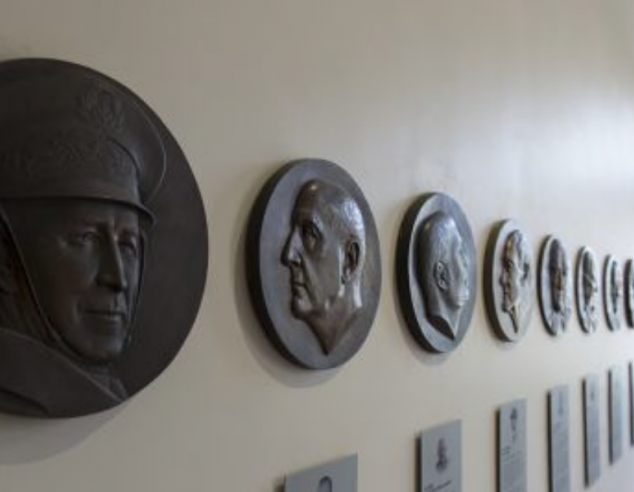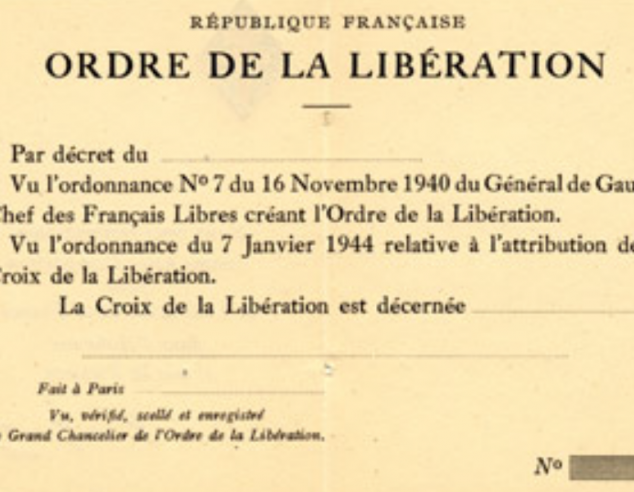Find out more about the companion men and women
1,038 individuals, five French communes and 18 combat units are Companions of the Liberation. Just over 700 Companions survived the war. 270 were acknowledged posthumously. 50 already-acknowledged Companions were killed in action or in the line of duty before the war ended. The Order was specially reopened by General de Gaulle to bestow the Cross of Liberation on Winston Churchill (1958) and King George VI of England (1960). Nearly three quarters of Companions of the Liberation were members of Free France and one quarter members of the Internal Resistance.
Companions of the Liberation came from a wide variety of social, religious and political backgrounds.
Their numbers included students, military personnel, engineers, peasants, manufacturers, men of letters, diplomats, workers, members of the clergy, African infantrymen, magistrates and doctors.
The Order counts a significant proportion of military personnel.
750 Companions were in uniform when the Cross of Liberation was bestowed on them.
Some of these were in active service at the time, but many were reservists and military volunteers. Companions of the Liberation numbers include 587 officers (including 23 general officers), 127 non-commissioned officers and 45 enlisted members.
Six women have received the Cross of Liberation:
- Berty Albrecht, co-founder of the movement “Combat”, died in Fresnes Prison in 1943
- Laure Diebold, liaison officer for the Mithridate network and secretary to Jean Moulin, deported
- Marie Hackin, agent together with her husband, lost at sea in February 1941
- Marcelle Henry, of the VIC escape network, died on her return from deportation
- Simone Michel-Lévy, of the PTT Resistance, died during deportation
- Emilienne Moreau-Evrard, WWI war heroine, agent for the Brutus network
More than 10% of Companions of the Liberation were under the age of 20 when war broke out in September 1939. Some of those who sacrificed their lives included:
- Henri Fertet, of the “Guy Mocquet” free corps, was sentenced to death by a German military tribunal then executed by firing squad on 26 September 1943 in Besançon, aged 16
- Georges William Taylor, of the 2nd Parachute Chasseur Regiment, fell in the Battle of the Netherlands in April 1945, aged 20
- Pierre Ruibet was 18 when he was caught sabotaging the German ammunition depot in Jonzac and chose to be blown up with it rather than surrender
- David Régnier, of the “Défense de la France” movement, was wounded during fighting in Ronquerolles in June 1944 while attempting to reach for a weapon. He was executed by a German firing squad, aged 18.
- In February 1944, Mathurin Henrio was shot down by the Germans although he was not yet 15.
73 foreigners (or foreign-born French) of 25 different nationalities were made Companions of the Liberation. The Decree of 29 January 1941 stipulated that foreigners who had rendered valuable services to the Free France cause were able receive the Cross of Liberation and would be considered members of the Order. Some of the more famous names include:
- General Dwight Eisenhower – Companion from 28 May 1945
- His Majesty Mohammed Ben Youssef (Mohammed V) – Companion from 29 June 1945
- Sir Winston Churchill – Companion from 18 June 1958
- His Majesty King George VI of England – Companion from 2 April 1960.
It is also interesting to note that 15% of Companions of the Liberation were born outside metropolitan France – either in former French colonial territories or abroad.
After the war, some Companions held key leadership positions, both in the civil sector and within the armed forces, and twenty of them served in ministerial roles.
Politics:
- five former Presidents of the Council or Prime ministers: René Pleven, Maurice Bourgès-Maunoury, Georges Bidault, Jacques Chaban-Delmas and Pierre Messmer.
- politicians like Alexandre Parodi, Jean Sainteny, Michel Maurice-Bokanowski, André Boulloche, Maurice Schumann, Pierre-Henri Teitgen, Robert Galley, André Jarrot, Maurice Jourdan, Christian Pineau, Alain Savary and Jacques Baumel.
- 36 ministers,
- 29 delegates to the Provisional Advisory Councils,
- 67 members of parliament,
- one member of the European parliament,
- 15 senators,
- 34 mayors.
Armed forces:
- over 80 general officers and admirals
- three marshals (Philippe Leclerc de Hauteclocque, Jean-Marie de Lattre de Tassigny and Pierre Koenig).
Diplomacy: such as Geoffroy de Courcel, Dominique Ponchardier, Gaston Palewski, Augustin Jordan and Emmanuel d'Harcourt.
Clergy: 15 clerics including Cardinal Jules Saliège, former Archbishop of Toulouse, Father Starcky, Pastor Michel Stahl and Father Savey.
Engineers, jurists, doctors or manufacturers:
- Engineers, like Louis Armand, member of the Institute,
- Distinguished jurists like René Cassin (Nobel Peace Prize 1968),
36 doctors, some of whom were great teachers like José Aboulker and François Jacob (Nobel Prize in Physiology, 1965).
- Major manufacturers and chief executives, including Jacques Ballet, Pierre Louis-Dreyfus, Pierre de Bénouville, Jean Rosenthal, Roland de la Poype, François Sommer and Jacques Maillet.
Writers:
- Romain Gary, André Malraux, Gilbert Renault, better known by his alias Rémy, and Winston Churchill (Nobel Prize in Literature, 1953).
Finally, five Companions of the Liberation have been laid to rest in the Pantheon: Félix Eboué, Jean Moulin, René Cassin, André Malraux and Pierre Brossolette. Etched in the year 1989 was also the name General Delestraint.



